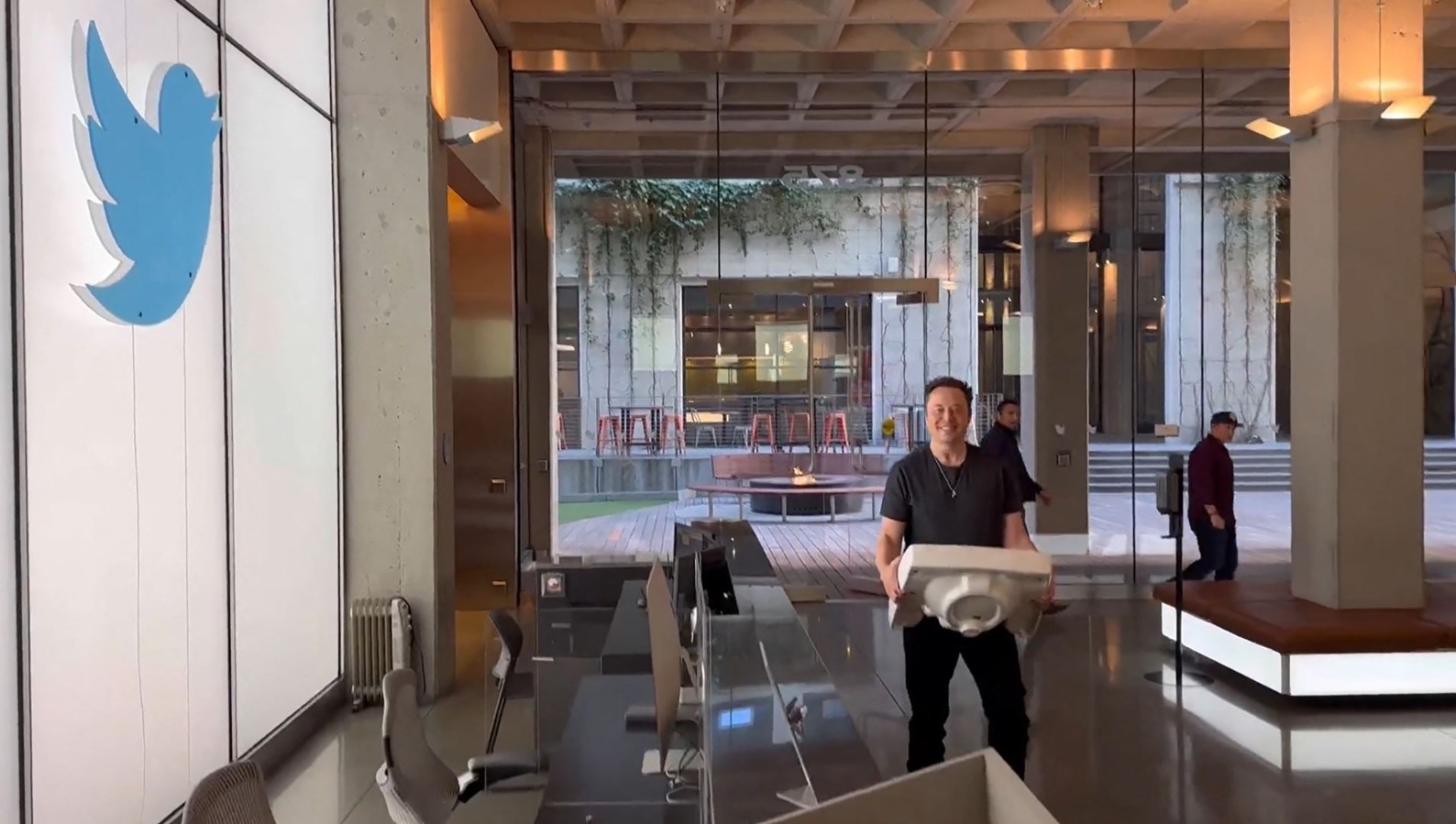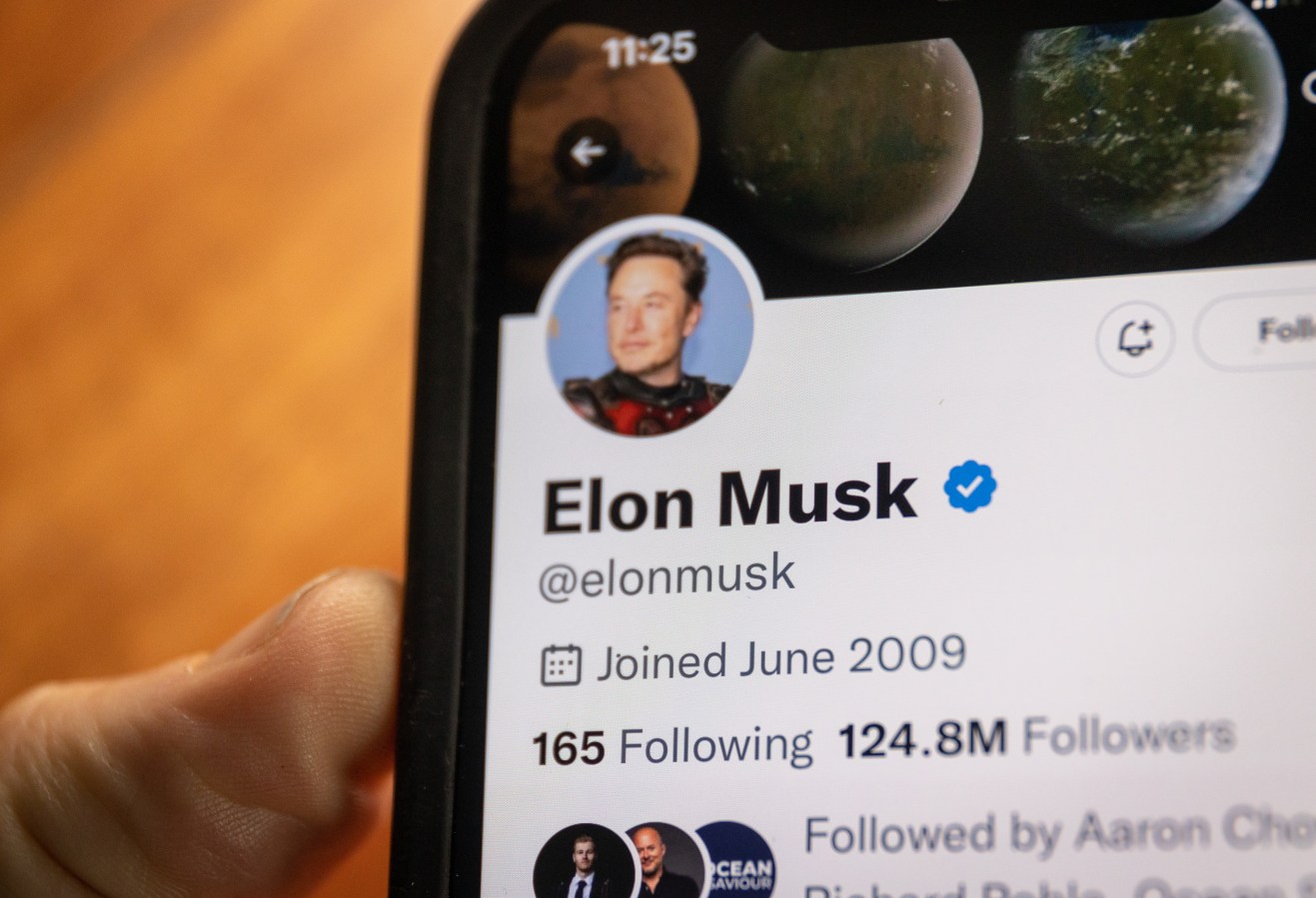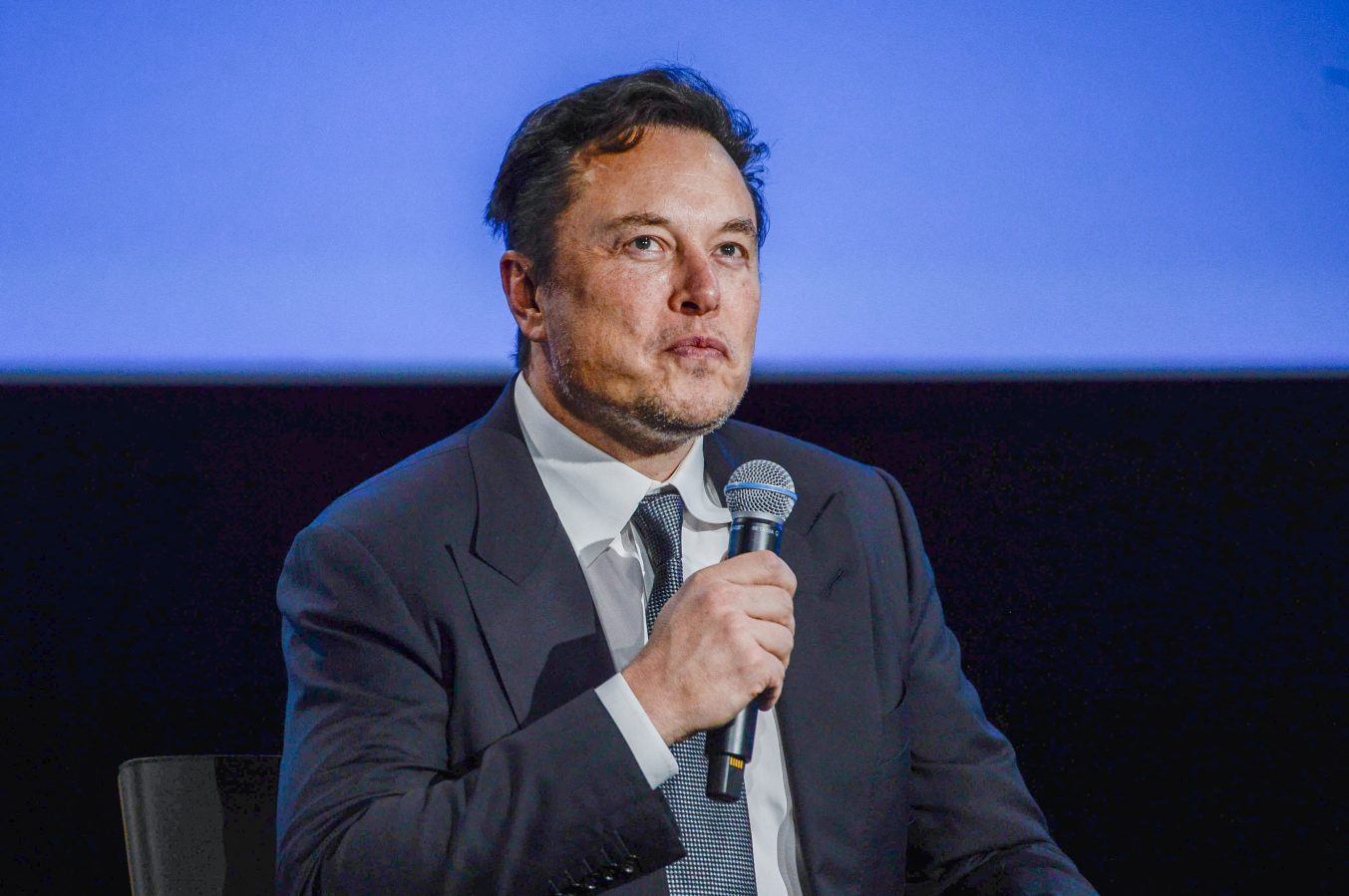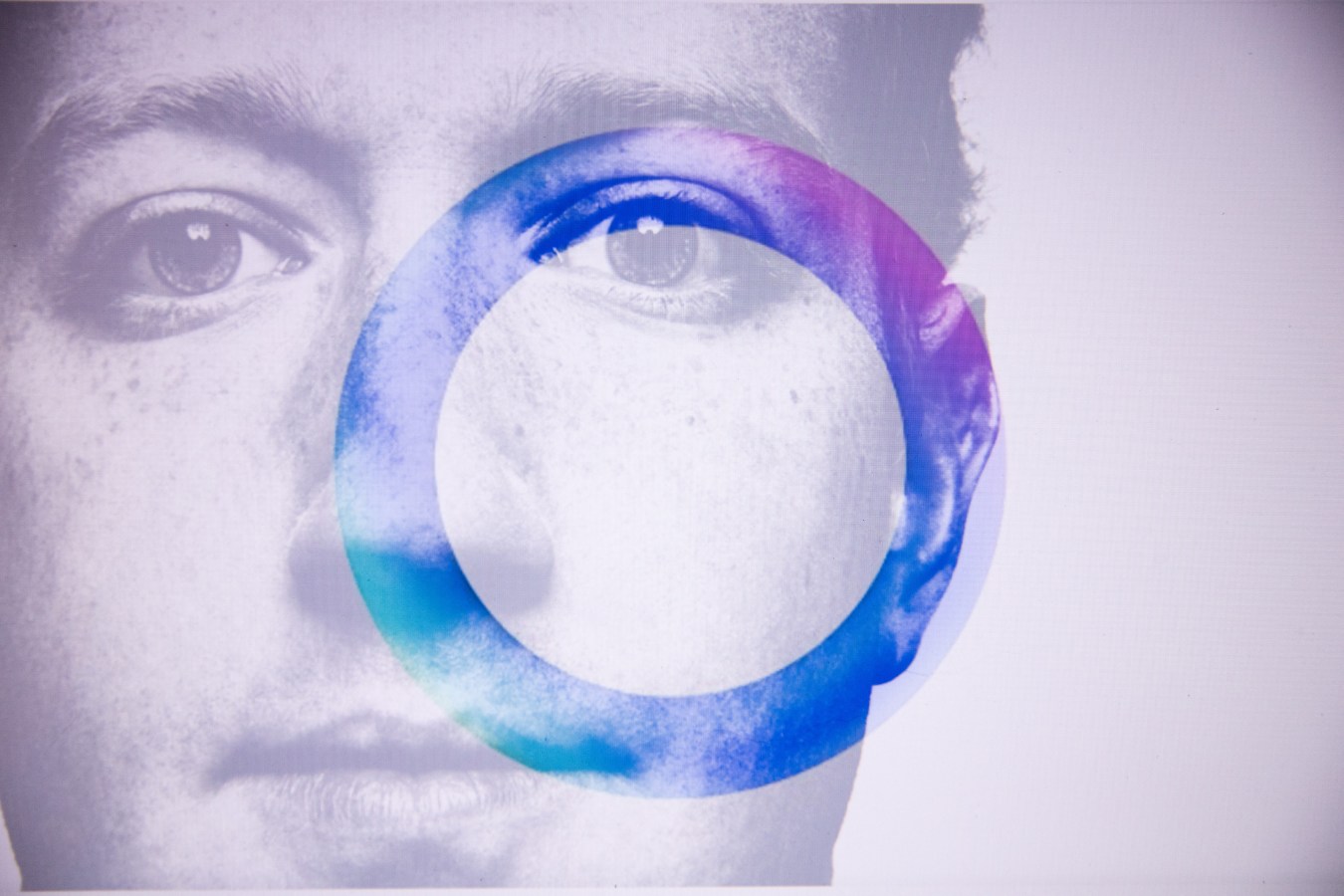Twitter’s former boss picked Jay Graber to create a spinoff called Bluesky that lets users control their online identities, and it is about to hit the market. Elon Musk won’t play along, but he is providing an opening for the project nonetheless.
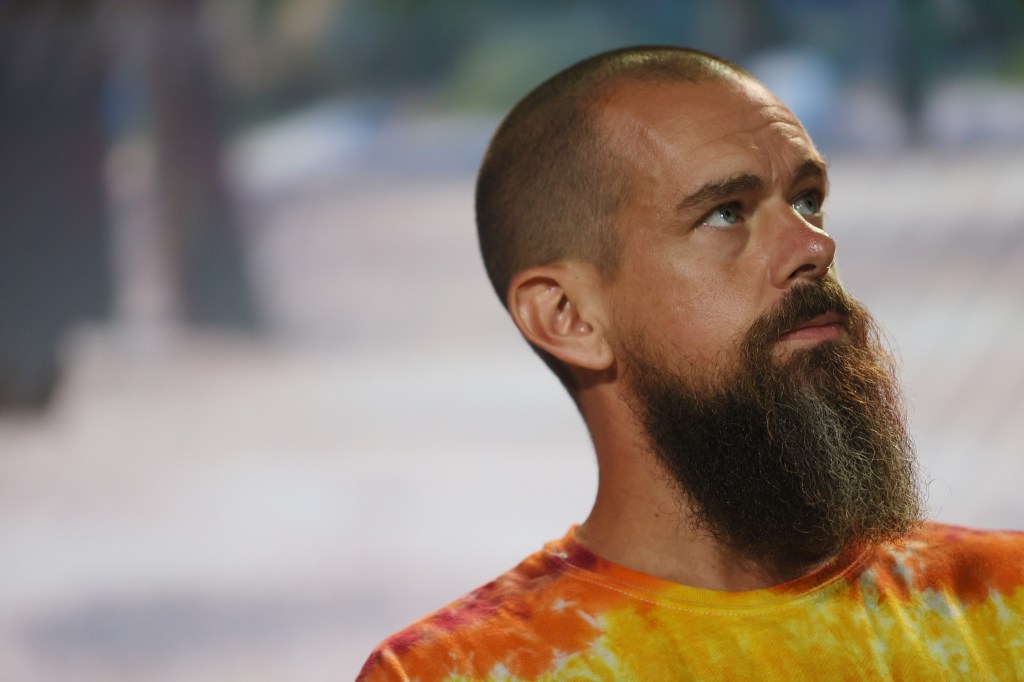
Key Takeaways
- Bluesky still hasn’t fully launched to the public—it’s currently invite-only and launched its beta version for iOS in February and for Android in April.
- To join Bluesky, prospective users can either join a waitlist or get in if they know someone—existing users get one code per week they can share to recruit a new user.
- Though the app looks visually similar to Twitter, it takes a different approach: It’s a “decentralized” platform, meaning user data will be stored on independent servers instead of servers owned by the company—CEO Jay Graber wrote in a blog post last month users can create their own servers and switch without losing their data—and users will have more power to choose the algorithms that control what posts they see.
- Users can like or repost “skeets” on their “skyline” (comparable to tweets on a Twitter user’s timeline), though the platform currently doesn’t support direct messaging or hashtags.
- Bluesky is capturing online buzz as Twitter users express frustration with changes Musk has made to the platform, but the app has been in the works for years: Dorsey co-founded the project while still at Twitter in 2019, originally intending the project to be compatible with Twitter and help users move their accounts and messages across competing social networks, but Bluesky became its own separate company in 2022 (before the Musk acquisition).
Lantian “Jay” Graber’s mother grew up in China during the Cultural Revolution—a time when the Communist Party tightly restricted the books and shows she was allowed to watch. Graber’s mother named her Lantian, which means blue sky in Mandarin, “because she wanted me to have boundless freedom,” Graber, 32, says. “The opportunities she didn’t have.”
Three decades later, Graber’s name proved prophetic. In the fall of 2021, while she was vacationing in Hawaii, her phone rang. Parag Agrawal, about to become CEO of Twitter, offered her a job leading a startup called Bluesky, conceived by Twitter co-founder Jack Dorsey to allow users of the microblogging site to move their accounts, their messages and their followers to competing social networks. The idea was to give users complete control of their online identities. Dorsey, the departing Twitter CEO, promised his social network would be compatible with Bluesky when it was ready.
Graber had already been working on this Twitter side project for two years as part of an elite team of developers recruited by Dorsey and Agrawal. She accepted the lead role with one condition: Bluesky would be legally independent of Twitter. After spending much of her career studying social structures, with memories of her mother losing her possessions as she fled China, Graber had grown to distrust central authorities. “You can’t build a decentralized protocol that lots of parties are going to adopt if it’s very much owned and within one of the existing players,” Graber says from her downtown Seattle apartment.
Her insistence on independence was prescient. In October 2022, Elon Musk, who at the time had more than 100 million Twitter followers, bought the company for $44 billion. Though Dorsey’s Twitter had already paid Seattle-based Bluesky $13 million as part of a five-year service agreement, Musk promptly ended the deal, including future financial support and the promise to use the new technology.
The new owner’s heavy hand had other repercussions. He fired more than 6,000 people, including the team dedicated to opening up the network to outside developers.
A mass exodus of Twitter users unhappy with Musk’s changes ensued, with dozens of high-profile users announcing their departures, including musicians Elton John and Meek Mill, publicly funded NPR and Chris Messina, who popularized the hashtag as an indexing tool. Twitter reported 238 million monetizable daily active users in its last public quarterly report, for Q2 2022, and while it is not possible to calculate how many have stopped using the service, analyst Jasmine Enberg of Insider Intelligence estimated more than 30 million users will flee the site by 2024.
Already, 20 million have signed up for the new breed of social network that Bluesky is helping build, which lets users move from competitor to competitor. Rivals include Mastodon, which began operations in 2016, and saw its member roll zoom to 6.5 million from just 300,000 after Musk took over Twitter. A newer entrant, Nostr, with support from Dorsey and with the ability to transfer bitcoin among users, now has 12 million adherents. Dorsey did not respond to repeated requests for comment on this story.
In spite of early interest from Musk in systems that decentralize social networking, he essentially bet that users with giant audiences would stay loyal to Twitter rather than risk losing their valuable followers. That won’t be true for social media newcomers with zero followers, looking for options that give them more freedom. So far, Bluesky, is the best-funded company in the nascent industry, and Graber views the company’s newfound status as an outsider, as an asset. The winner of the increasingly fevered competition to establish a standard for the open-source, decentralized movement will determine the playing field on which the next generation of social media companies will compete.
“The systems that can guarantee these long-term freedoms are the ones that are probably going to win over the long term,” says Graber. “Users will have the ability to choose, creators will have the ability to stay in touch with their audiences, and developers will have the freedom to build.”
Graber was born in Tulsa in 1991 to a math teacher father and an acupuncturist mother who fled China in the 1980s. “Her family was one of the families that lost everything,” says Graber of her mom. When Graber learned to read, her book of choice was Robin Hood. “I’ve always really liked working with small bands of people,” she says. In the fall of 2009 when she enrolled at the University of Pennsylvania, she studied for a bachelor’s degree in science, technology and society.
While at school Graber refined her thinking on the role large organizations play in the way people do business. During her sophomore year of college, while working at an art gallery in China, she discovered a new kind of money called bitcoin that let individuals send money to each other without banks. As a junior, the Occupy Wall Street protests taught her about direct democracy, where participants reached consensus on the content of official statements. During senior year she co-founded the Penn Time Bank, winning a $1,000 grant to help students barter work, exchanging one-hour blocks of labor on agreed tasks.
After graduating her interests led to a job in December 2015 as a software engineer at Mountain View, California-based SkuChain, which raised $12.7 million to move supply chains, tracked by stock-keeping units (or SKUs) to a shared, distributed ledger, similar to blockchains that power most cryptocurrencies. When SkuChain struggled, she got a job in a tiny town in Eastern Washington called Moses Lake, soldering together bitcoin mining equipmment in a repurposed ammunition factory. “There were still bullet casings on the ground,” she says. The “most cypherpunk episode of her life,” as she calls it, rejuvenated her interest in crypto.

In the summer of 2016, Zooko Wilcox hired her as a junior developer helping build his soon-to-launch zcash cryptocurrency. Her gateway to social networking was in March 2019, when she founded Happening Inc. to connect users who met at events and allow them to post and comment on another’s reactions to the affairs. “I decided to build an event site to try to get people off Facebook, and then eventually I would circle back around and build a decentralized network around it.” That never happened.
Before the year was over Dorsey announced plans to fund a team to develop what he called “an open and decentralized standard for social media.” If successful, the platform, dubbed Bluesky, could reduce misinformation on centralized platforms by giving lots of different social networks the ability to compete over all sorts of stuff — including moderation standards and techniques. It could also minimize social media’s role as a recommender of controversial content by giving users control over the algorithms that decide what they see. He ended the first of 13 tweets: “The goal is for Twitter to ultimately be a client of this standard.”
Thirteen months later, in January 2021, Dorsey banned U.S. President Donald Trump from the site, citing “threats to physical safety both on and off Twitter,” and setting off a series of events that ended with him leaving the company. “The check and accountability on this power has always been the fact that a service like Twitter is one small part of the larger public conversation happening across the internet,” he tweeted. “If folks do not agree with our rules and enforcement, they can simply go to another internet service.”
But abandoning any major social network, including Reddit, Facebook and Snapchat, came with a big catch: Leaving your online identity behind. “These companies are like stores offering a product,” says Graber. “But imagine if you went into a store, and when you tried to leave, they kept your ID and all the purchases you’ve made.”
Related
Behind the scenes this whole time, Graber was one of a dozen developers Dorsey and Agrawal invited to a private group working on what was then little more than the Bluesky concept. By February 2020 that group included Dorsey’s former boss Evan Henshaw-Plath; a former risk engineer at Uber, Golda Velez; and Jeremie Miller, inventor of messaging software used by Google and Apple. Graber emerged as the de facto leader even before being appointed CEO.
“Then, of course, the pandemic started,” she says. “All sorts of momentum and progress stalled.” During the nearly two years Bluesky sat in limbo, Graber started to doubt whether the protocol would ever get off the ground. Determined to see Twitter evolve, she took a job as the social network’s crypto lead. Weeks later, while visiting friends in Maui, she was offered the Bluesky position, giving her the difficult choice of trying to change Twitter from within the company, or outside. “I reflected back on my childhood,” she says, “And I was like, ‘I like the Robin Hood path, being a small band, external to the powers that be. And I’ll have a lot more freedom.’”
Bluesky incorporated as a public benefit corporation in the fall of 2021, allowing it to function like a for-profit organization, but without the legal requirement to place the financial interests of shareholders above all other concerns. While the company is expected to operate like any other social network, its early attention has been split between building its own service and creating a protocol that moves commonly used social network features into shared software that rivals can access, letting users move their identities from one social network to another. Called the Authenticated Transfer Protocol, the software functions much like email standards that let users of different providers send messages to each other. Instead of just emails moving, entire online accounts can be sent.
“Now that we know how social applications mostly work,” says Graber. “Some of these pieces, particularly the first step of joining and getting your ID could be something that is integrated into a lower-level web protocol. And then that lets you interact with many more systems as a much more autonomous consumer with your ID and wallet and purchases, traveling with you as you go from store to store in the digital ecosystem.”
Eager to get started, Graber hired her first engineer with money from her personal savings and enlisted lawyers to help her set up control outside of Twitter with the promise they would get paid when she had the cash. The following April that happened when Dorsey invested $13 million of Twitter’s money to ensure Bluesky would have “freedom and independence.” Graber joined Dorsey and Miller on the Bluesky board. Though she says every employee at this point has stock, she declined to disclose how much.
Empowered by the service agreement, Graber formally set about finding other partners, meeting, but eventually being passed over by, Reddit and Microsoft. “Twitter didn’t want to be the only one,” says Graber. But at that point, it looked like no other companies were interested. Then, even Twitter’s involvement started to falter. In early 2022, Musk started buying the company’s shares, according to regulatory disclosures. By March, his stake had reached 9% and Dorsey was trying to convince him of the benefits of the Bluesky approach.
“Twitter started as a protocol,” Dorsey wrote to Musk, according to court documents filed in a September 2022 case involving the acquisition. “It should have never been a company.”
Musk responded: “I think it’s worth both trying to move Twitter in a better direction and doing something new that’s decentralized.”
In April, the billionaire offered to buy the rest of the social network. Graber double-checked with her lawyers to make sure she still had a company that would remain independent, she says, “and they assured me that I did.”
But it proved to be a lonely independence. In spite of Musk’s professed interest in decentralized options for Twitter, among the 80% of the staff Musk said he fired in a recent Twitter Spaces conversation, was Amir Sevat, head of product, who Dorsey had personally tasked to open up the platform to outside developers. “We built a presentation to show Elon how an open decentralized Twitter could help make Twitter amazing,” says Shevat, now a Bluesky user. “He didn’t even see it.” Though Twitter responded to requests for comment with the automatically generated poop emoji Musk sends to all press inquiries, Graber confirms the service agreement is void.
“We’re on our own right now,” she says, “And we’re continuing to build out what we said we’re going to build.”
Meanwhile, competition among existing and would-be decentralized rivals is increasing. Along with Mastadon and Nostr, Menlo Park, California-based Meta is building a decentralized social network variously codenamed P92 and Barcelona, and even Tim Berners-Lee, who invented the World Wide Web has thrown his hat in the ring with Solid, software for building decentralized social applications.
Further complicating matters for Bluesky, Dorsey provided 14 bitcoins (then worth $243,000) to Nostr, (which stands for Notes and Other Stuff Transmitted by Relays). Nearly 12 million users have joined the network, including Edward Snowden, which now lets users send each other bitcoin. In addition to offering 10 bitcoin to anyone who can decentralize the GitHub code repository in which Nostr and 300 million other code bases sit, Dorsey has become the public face of the platform by helping organize and fund a network event and regularly posting to the site. In April he republished an essay from last year making one change: instead of advocating for Bluesky and Mastadon as alternatives to Twitter, he advocated for Bluesky and Nostr.
“The adoption was slow until jack decided to like it,” wrote the Nostr creator, known by the pseudonym @JiatJaf, in an encrypted message to Forbes. “After jack tweeted about it the thing jumped absurdly.”
While Bluesky’s war chest is deeper than crowd-sourced Mastodon (which refused venture capital) and Nostr, (which was largely built outside the public eye) the success of open source protocols isn’t just about revenue. Instead, according to Bluesky engineer Paul Frazee, the goal is to get developers to use it. Frazee, who has written extensively about the technical limitations of decentralized social protocols, thinks Bluesky will be the first to solve those problems without compromising user experience.
So far, 1,200 developers and 20 international teams are using the protocol, building a wide range of networks with names like Redsky, Skylight and Seiun. As for Bluesky itself, which is being built to look like Twitter to show how easily Musk’s social network could be integrated, 35,000 of the 1.2 million waitlisters are now using the app. “You need to be making something that a wide audience can use if you have a mission to try to change how technology works with people,” says Frazee.
At stake is far more than just being able to connect to friends with less interference from Big Tech, according to Graber. “There’s forces pulling us in extreme directions as a society,” she says. There’s forces towards increasing centralization and consolidation across society, and there’s also forces going towards increasing decentralization and fragmentation, and technologies that give individual people more agency. And these are both happening at the same time. And I think either of these taken to the full extreme, might be ineffective or harmful. So we’re gonna have to balance good governance with individual sovereignty.”
This story was first published on forbes.com and all figures are in USD.
Forbes Australia issue no.4 is out now. Tap here to secure your copy or become a member here.
Look back on the week that was with hand-picked articles from Australia and around the world. Sign up to the Forbes Australia newsletter here.

